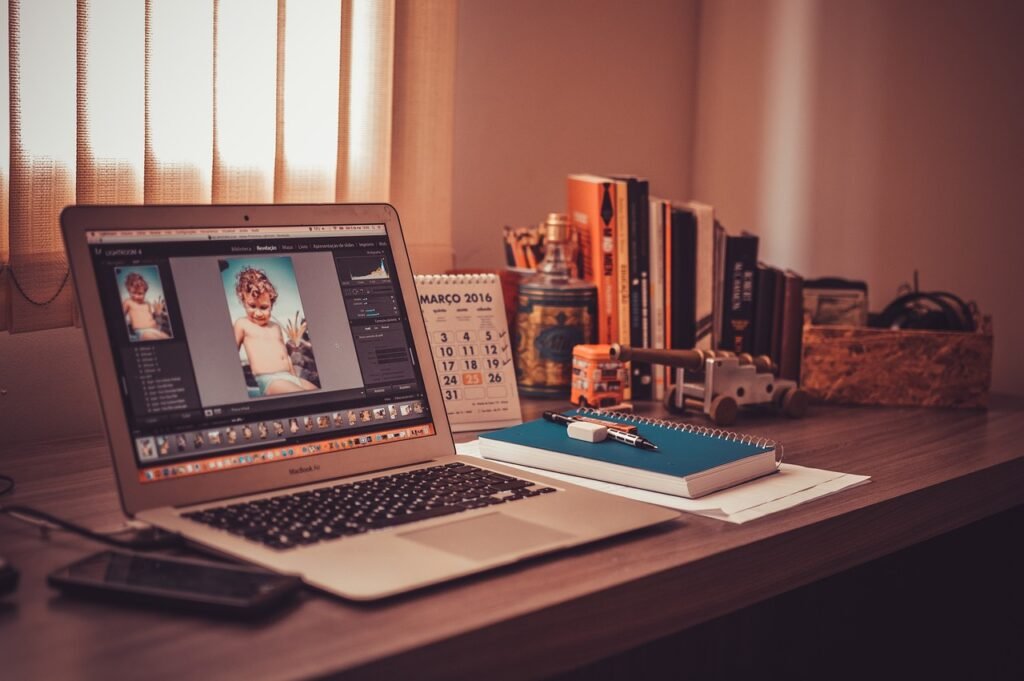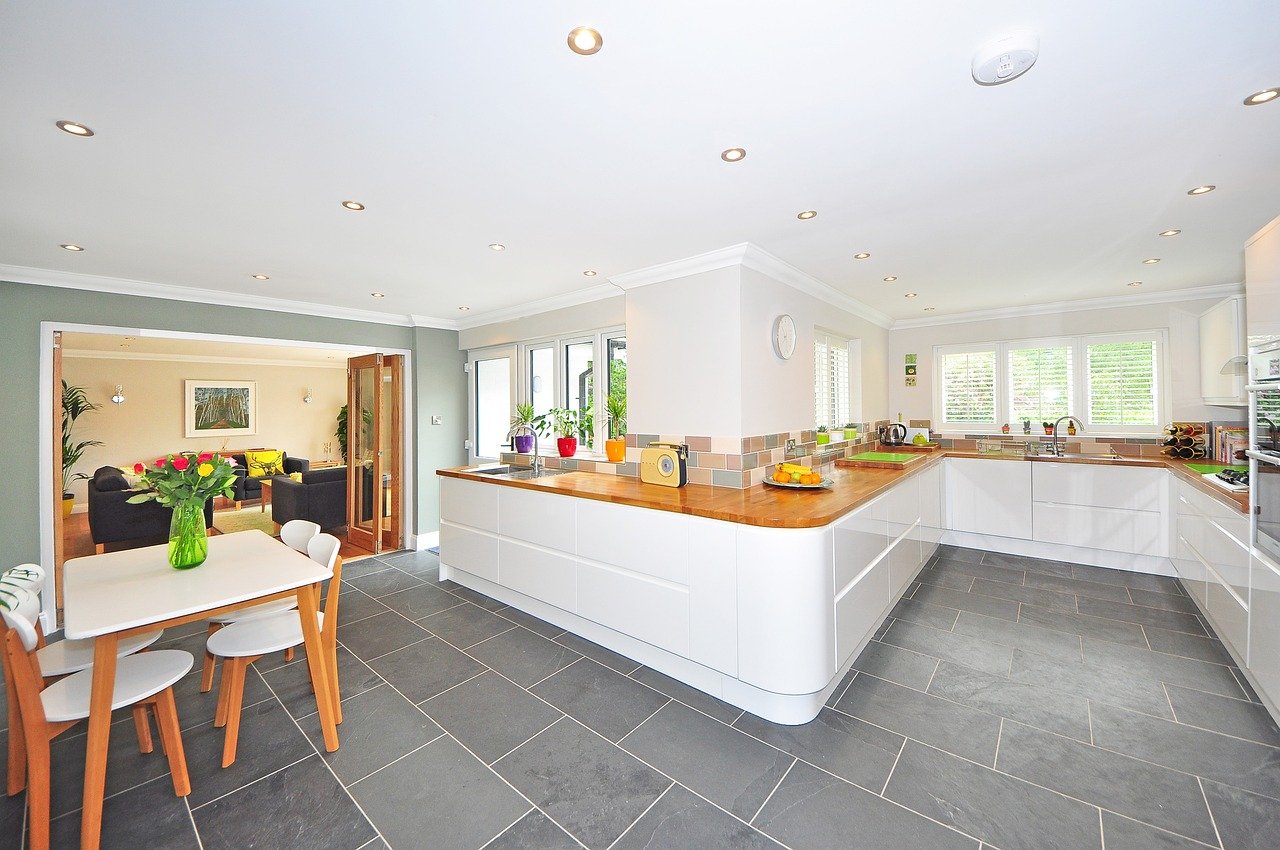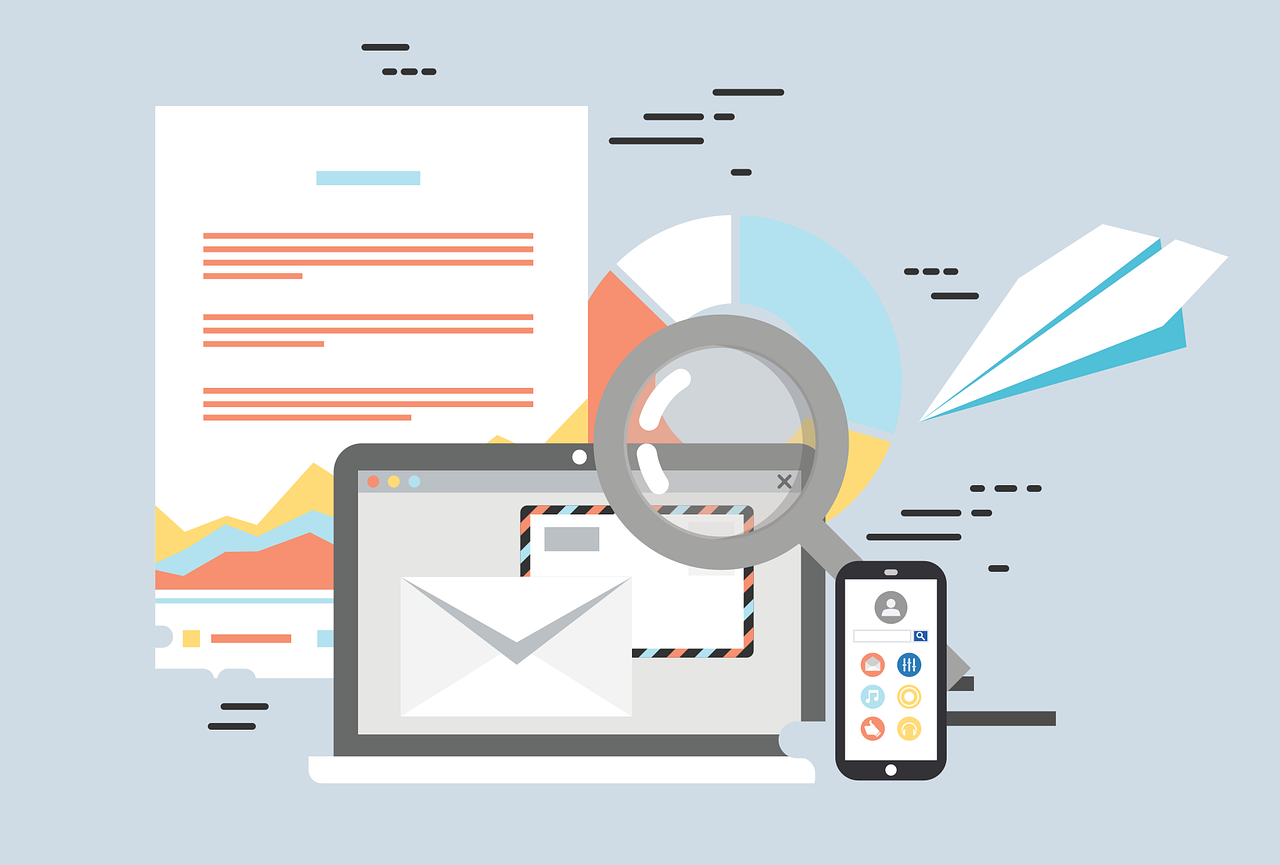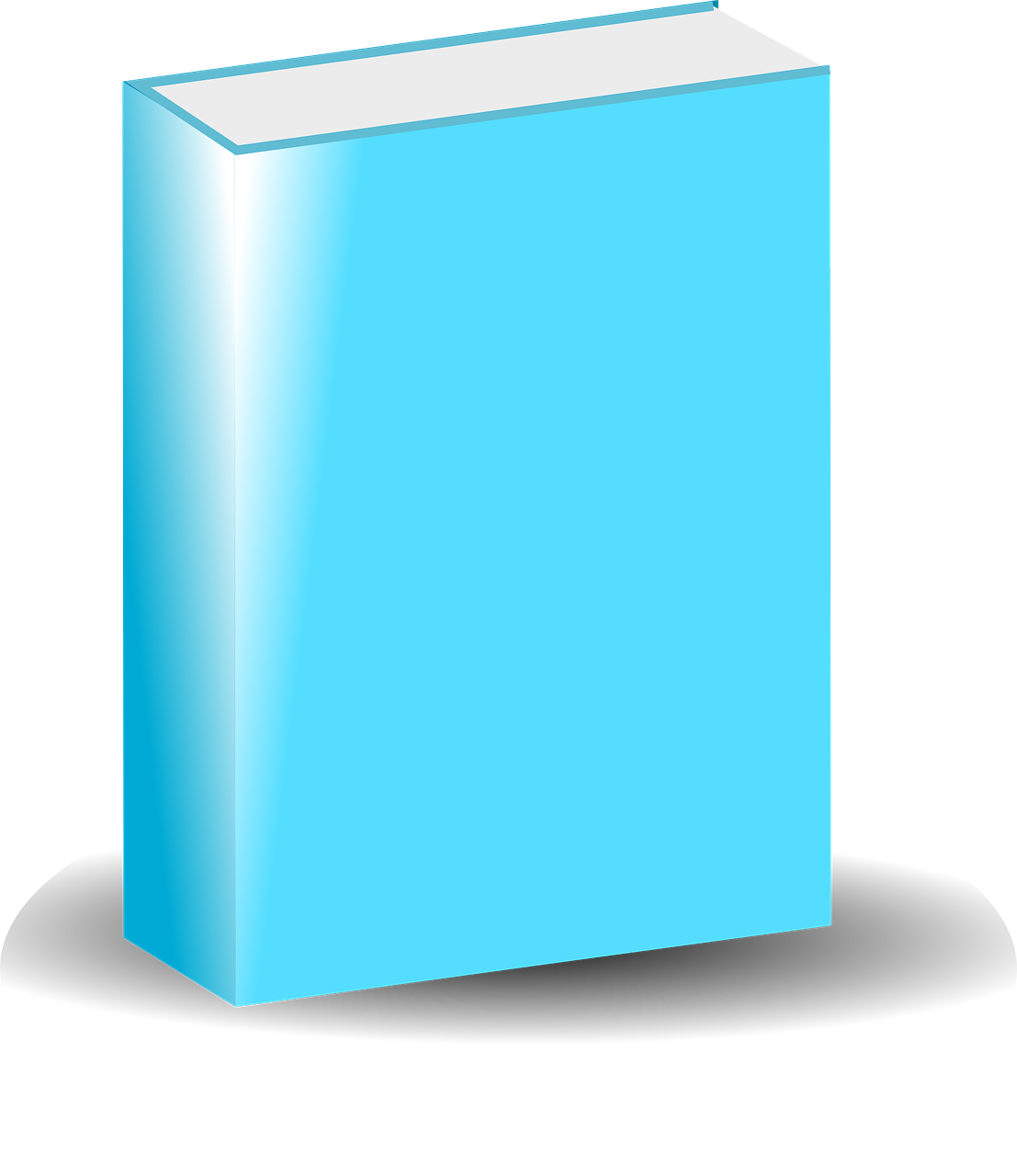Is the workspace feeling somewhat devoid of all inspirations? How can the office be designed to become more motivating and invigorating in its productivity? A designer looking for ideas really has come to the right place. With proper organization and creative process, an office can create a memorable experience for work, promote creativity, and keep one focused for longer hours.

We are sneaking you some backstage tours into our creative studio, Yes I’m a Designer. The insight includes a look at the tools we use, the applications that run our world, and the space that inspires our creativity. Some useful tips are offered to create a place that works for you, even with a constrained area.
Now, let us be frank: this is not an exercise in advertisement of high-end junk nor an opportunity to show off our studio. We want to show you life in the creative workspace and to provide you with hands-on advice that you can apply in your own workspace to unleash your creativity and foster workflow. Whether you are working to build a studio from the bottom up or just want to spruce up a little corner, you would find ideas to help design your dream home office.
A Journey of Design and Workspace Evolution
Founding Partner Martin has known the journey of working by various setups. Beginning with a small desk in the family home in Budapest, he passed on to working from a small room in his flat in Bournemouth, UK, and now is working from a huge garden studio in the suburbs of London. This journey in workspace evolution is a perfect reminder that the creative space does not need to be fantastic right from the start; it is simply about making thoughtful considerations that suit your needs and space constraints.
Make Your Space Work! Clever Ideas for Every Kind of Workspace
Most of us would never be lucky enough to be given an office with ample space. But do not fret! You can still establish your Zen working space everywhere, even in a small corner. Here are some ideas to maximize the potential of any little space:
Use Vertical Space: If odd shapes and sizes restrict uncramped movement on the floor of the room, then let the walls cue your creativity! Wall shelves can accommodate objects or, in combination with pegboards, can organize many more such as equipment, books, and supplies without distracting from a decluttered view of the desk.
Declutter Regularly: Keep only what is absolutely necessary on the desk. A bright, clean working area helps clear the mind and inspire creativity. Store away tools in drawers or bins so this useless accumulation comes to a halt.
Beyond Practical: Furniture which can have multiple uses. These include tables which have storage facilities incorporated and adjustable chairs. This reduces floor space occupied and increases functionality.
The Essentials for a Productive Designer’s Desk
While putting up the desk, comfort and efficiency should be given top priority. Here is a breakdown of the elements that could really make a difference.
- Invest in a Comfortable Chair
Designers sit for hours and a wrong chair may cause strain and discomfort. Look for one with good lumbar support; it will help prevent backache. Avoid selecting an office chair with armrests, as they could hinder activities such as sketching or working on a tablet. Also, a chair should promote freedom of movement for longer hours of creativity. - Choose a Wide Desk
Having a wide desk gives the area for equipment, sketchpads, and all the other tools of the craft. Whether working with various monitors, a tablet, or perhaps just a single laptop, speaking about a generous desk will surely help in getting organized. Afterall, an organized desk equals less clutter in your mind and more flow of creativity. So just spend five minutes at the end of the day to tidy up-the next day you will thank yourself for coming back to a clean desk. - Perfect Your Posture
When sitting for long hours at your working desk, back support is very important. Place the computer monitor at your eye level and at a comfortable distance to avoid getting eye pain. A small cushion can be placed behind your lower back if necessary; keep your upper arms at a comfortable angle to avoid straining the shoulders. If you find yourself leaning forward or hunched, it is time to readjust the height of your desk or chair. - Light Makes a Difference
Light greatly affects productivity and mood. Natural light is best, but some aren’t fortunate enough to work in such an enviable sunny home office. If there is no option for natural light, fret not; provide the dimmable light fixtures or gooseneck desk lamps that will create soft, diffused light without harsh shadows on your screen. You want soft, diffused light to reduce eyestrain.
Try not to set the desk near a window that casts rays directly upon your shoulder; such backlighting will render any viewable image on your screen almost worthless. Instead, aim to position the window light sources to the side, or place your desk to one side of the window with the sun glaring from behind.
The Importance of Organization
Now let’s look at organization. An overwhelming office is a cluttered and disorganized office. Some people thrive in total chaos, but most designers work best when the climate and organization of their surroundings are calm. This article is about creating that sort of space for great creative work:
Clean Out Everything Unnecessary: Keep only the stuff you actually use every day, customarily. Any tools, notes, or papers from projects you do not vaunt to everyone should go out of sight. Empty spaces prod through creative thinking and keep you focused on your present work.
Create Segregated Zones: If you rent out sapce and if you’re able to live in zonal areas while working in your profession, which ought to be pretty distinct: one for design, one to use as a little space for your brainstorming, which would be somewhere far, far away from the chatting you be lured into by daily wagers, and then, one little area for you to go on long, Zoom calls.
Storage Solutions Presents an Overwhelming Advantage: Quite simply, you cannot overlook the great positive impact that excellent storage has on your workspace. It never lets a messiness have a home in there, and a neat one would engender more defined and polished working productivity. Shelving that could be set up high, tray-type drawer organizers, even some monster managerial cable system solutions are all good ways to best arrange column or rowed rows.
Our Studio Inspirations
Some of the elements and features we are recommending for your home office have already been demonstrated. That’s why we dream up our very own studio for us to dive into exactly what we see.
For our studio, we’ve selected tools and equipment wisely to support our creative process and daily operations. Every good piece of gear, right from designing software down to hardware for server backups and online training sessions, finds a unique role. Everything has been organized within a lot of usable ranges yet brings in a familiarity and richness for the space. We customarily envision taking short breaks, whenever necessary, and creating relaxing atmospheres within the studio where one can recharge his/her creative energy and come up with new solutions.
Something to consider: Finding a Balance and Inspiring One
The workspace should be more than a workhorse; it must also be inspiring. Put things that inspire you: art, a plant, or a motivational quote. Giving yourself a break, putting on some music, or enjoying some time in a soft chair will help recharge your batteries after hours of hard work.
Most of all, personalize it—your home office needs this factor for great success. Your style, preference, and workflow should shine through. Nobody else can tell you how to personalize your home office; go with your gut and create a space that allows you to feel energized and excited to start a brand new day.
We hope these tips and suggestions assist you in creating the perfect workspace for a career in design. If you enjoyed reading about this topic, you might also like our other blogs: 10 Tips for Working From Home Effectively, which will give you much more advice about staying productive and inspired from home!
Disclaimer: We always try to credit the original sources for the images we use. If you think that something has been misattributed, please let us know and we will revise it accordingly.



